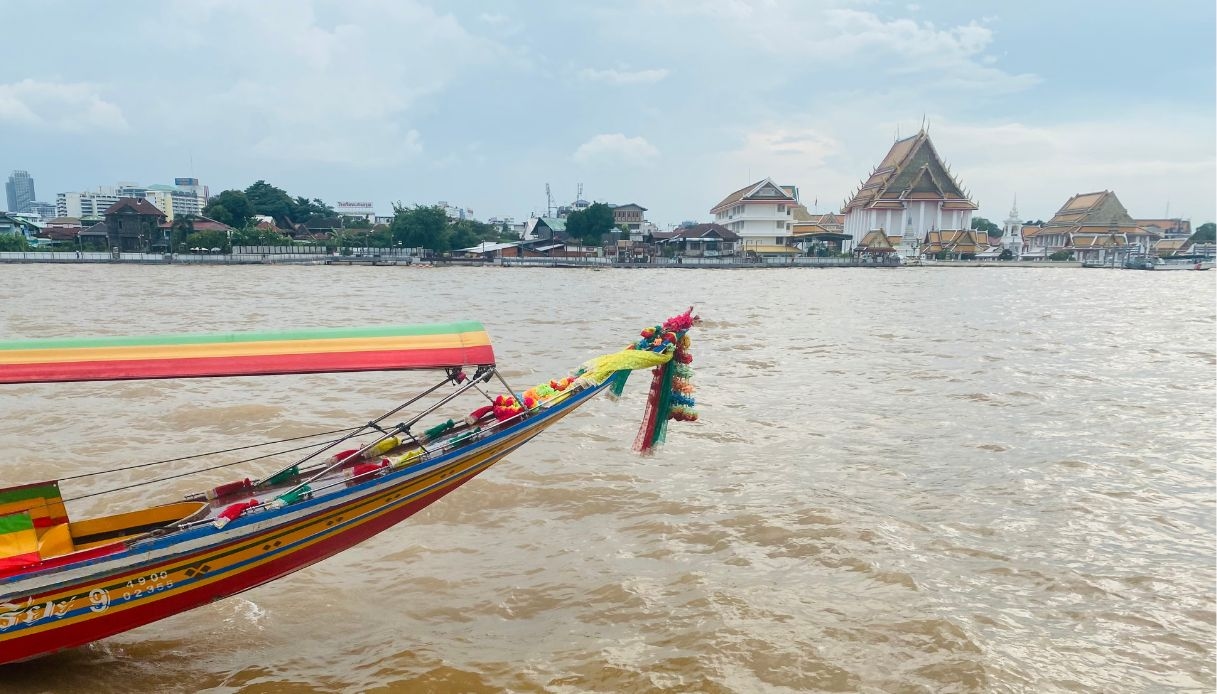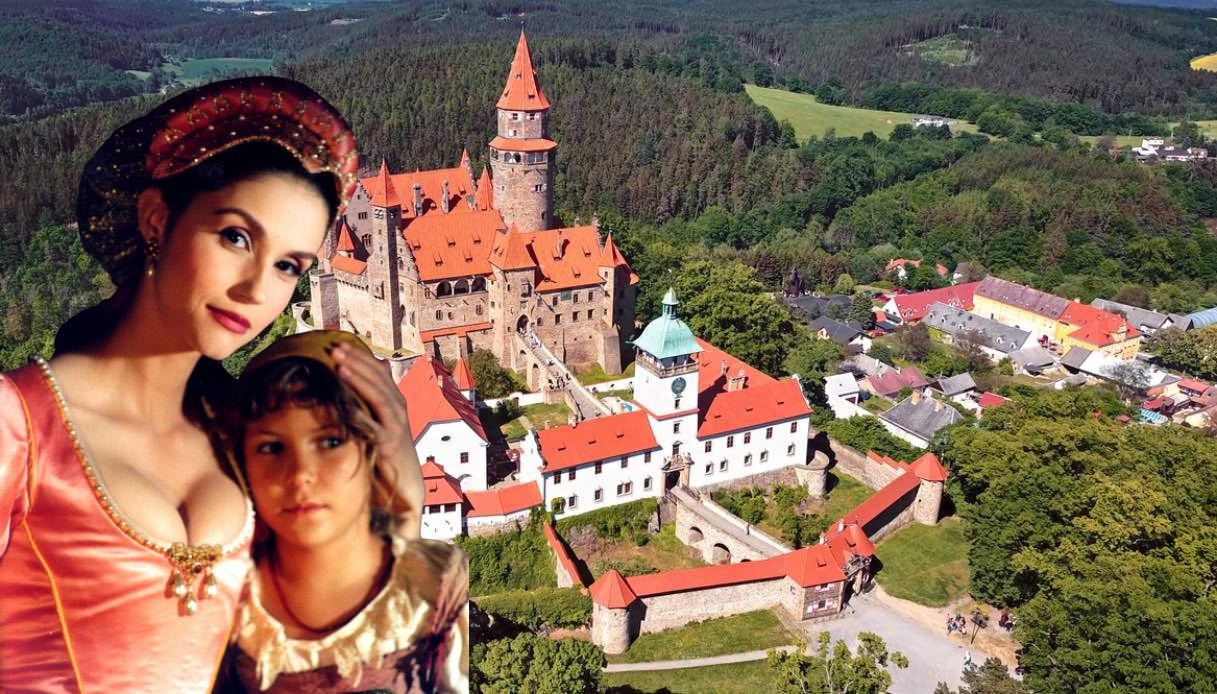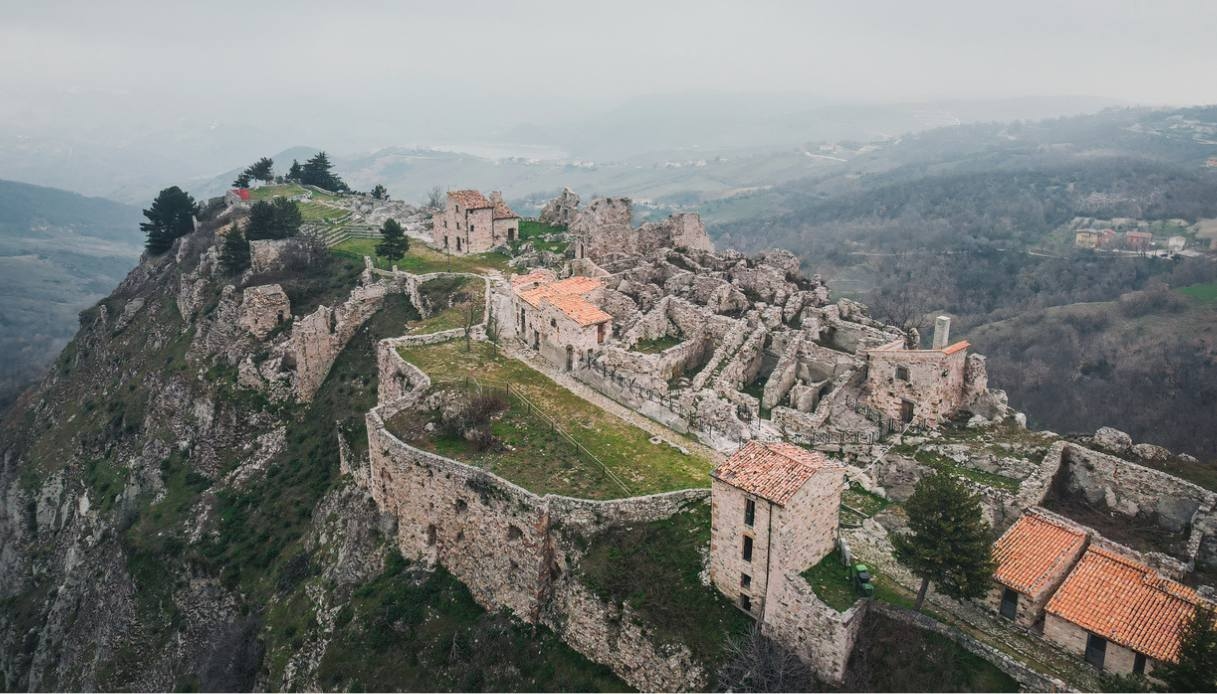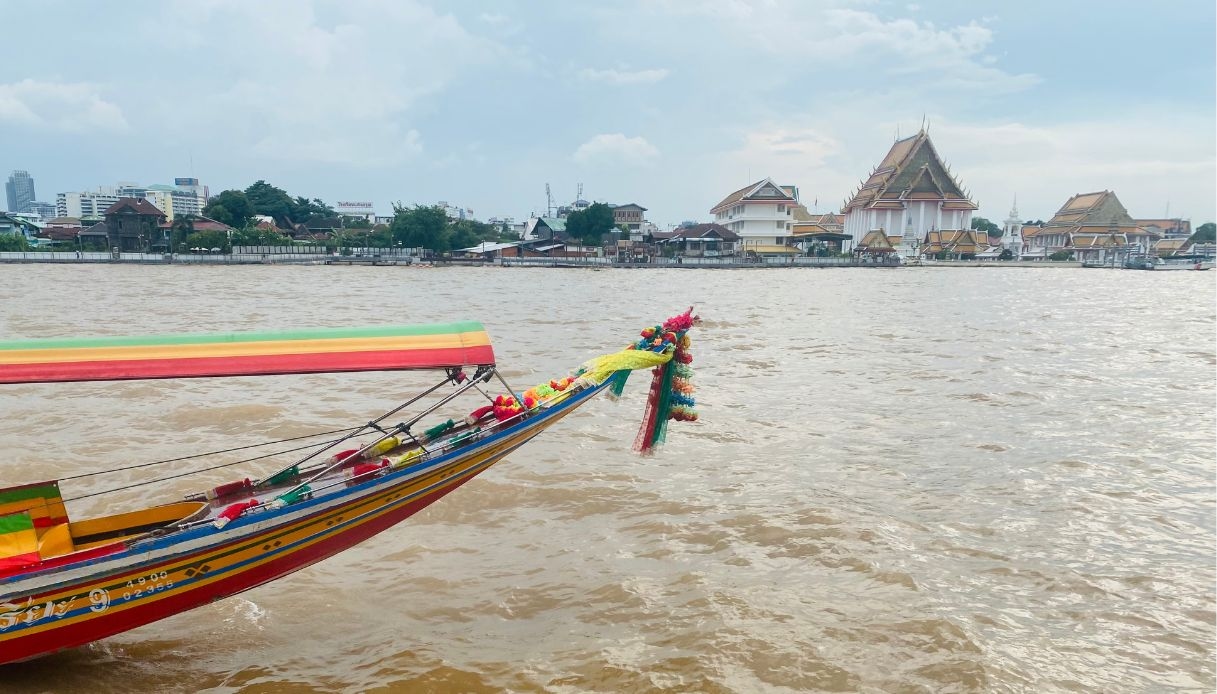Things to do in and around Bangkok: 7 must-see experiences

Bangkok is a constantly evolving metropolis, constantly changing in its universe of contrasts: ancient temples and futuristic rooftops, floating markets and glittering skyscrapers, the scent of incense and street food. But beyond the most famous monuments—the Grand Palace, Wat Pho, and Wat Arun, to name a few—there are experiences that allow you to truly breathe in the city's true essence .
Here are 7 experiences to discover Bangkok and its surroundings from a new point of view.
Life inBangkok literally flows on water, and a cruise along the Chao Phraya River is the first step to a panoramic view of the city in all its facets. Before the arrival of major roads, the city was a network of canals—the klongs —that still crisscross the capital today.
The departure is from Rajini Pier , one of the embarkation points, where for 18-20 euros you can agree on an itinerary on a longtail boat (colorful little boats with enormous recovered truck engines) and decide the stops together with the boatman.
From the great Chao Phraya River, you enter the inner canals, where time seems to have stood still: floating laundries, old women selling lotus flowers, people sleeping in hammocks, workshops of the most unlikely crafts overlooking the water, houses from another era. Suddenly, the view of Wat Paknam Bhasicharoen, known for its monumental 69-meter-tall Buddha statue, called Buddha Dhammakaya Thep Mongkol , covered in gilded copper and located in one wing of the complex, is incredible.
A must-see stop is the Phon Buri neighborhood, the original heart of the city, founded in 1750 and later abandoned due to frequent flooding. Today, it's one of Bangkok's most charming (and protected) areas, with original or restored wooden houses, small art galleries, and cafes overlooking the river.
The tour can continue to Wat Arun , the Temple of Dawn, one of the city's icons, with its porcelain tower reflecting the sunlight on the river. From here, along the left bank, you pass IconSiam , Thailand 's most spectacular shopping mall, and reach the Talad Noi neighborhood, once an area of Chinese warehouses that has now found a new lease of life thanks to the creativity of the new generations who have abandoned their commerce and transformed the warehouses into bars, cafes, and shops, amidst murals and installations.
The cruise can end at Asiatique , the large night market on the river, with restaurants, shops and rides including a Ferris wheel.
Koh Kret, the island in the riverNorth of Bangkok, in the Nonthaburi district, the Chao Phraya forms a small river island : Koh Kret . It's a world apart, reachable in less than an hour by ferry from the city center.
Here, everything is suspended: no cars, only bicycles and electric scooters, along paths and narrow roads. Koh Kret is famous for its Mon community , an ancient ethnic group originating from Burma, who have been producing hand-decorated red pottery for centuries.
Every weekend, the island hosts a local market selling traditional foods, tropical juices, herbs, fruit, and handcrafted souvenirs. It's worth stopping at the small pottery workshops or temples scattered around the island, such as Wat Poramai Yikawat , with its iconic chedi leaning toward the river.
The traditional massageIn Thailand, massage isn't a luxury: it's simply something to be experienced. In Bangkok, in addition to the most famous spas like the renowned Devana Spa, you can experience it in the places where it all began.
Wat Pho , the Temple of the Reclining Buddha, is home to the oldest school of traditional Thai massage. Founded over 200 years ago, it still trains therapists from around the world. You can book a treatment in advance within the complex, in its simple, unique, and powerful spaces, or at one of the locations just outside. Here, the massage is performed using the original technique: firm or gentle pressure, stretching, and a rhythm that follows the breath.
For an even different experience, there is the Perception Blind Massage center, where treatments are performed by blind operators, considered among the most sensitive and precise in perceiving tension and muscle blockages.
Aperitif in BangkokBangkok from above is a mosaic of lights and rivers of traffic that look like luminous snakes. There are many bars with terraces overlooking the river, but the most evocative experience for admiring it is certainly an aperitif at Sirocco Sky Bar , one of the most iconic rooftops in Asia .
Located on the 63rd floor of the Lebua State Tower , it is famous for its semicircular terrace suspended over the void, the setting for the film The Hangover Part II . The view at sunset is breathtaking: the Chao Phraya turns gold, the skyscrapers light up and the movements of the city seem almost slowed down.
The cocktails are carefully crafted, and the dress code is elegant—no sandals, shorts, or backpacks. Although the prices are higher than average (around 35 euros for a drink), the view is worth every baht.
Wat Pho at sunsetWat Pho is one of Thailand's most revered temples and home to the famous 46-meter-long Reclining Buddha. Visits in the morning are often crowded, but in the late afternoon, before closing time (around 5:30 PM), it transforms into an almost mystical place.
The sunlight filtering between the pagodas and reflecting on the porcelain tiles creates a suspended atmosphere. The monks walk silently, the chanting of prayers fills the courtyard, and one feels as if one is experiencing the truest spiritual dimension of the temple.
After the visit, you can cross the river to admire Wat Arun , which lights up at sunset with reflections of silver and gold.
The sweet art of coconutAbout an hour from Bangkok, in the province of Ratchaburi , is the Damnoen Saduak area, famous for its floating market, but also for its artisanal coconut production.
Coconuts are grown here, and are consumed freshly harvested—green, rich in sweet water, and with a soft pulp. But the real spectacle is the processing of coconut sugar , obtained not from the fruit, but from the plant's flower.
Stopping for a break, for example at the Orchid Farm in Amphawa Samut Songkhram , you can listen to and observe the production process: while still on the tree, the tip of the flower is cut, tied with a thread, and the juice is left to drain into a bottle overnight. In the morning, it is slowly cooked over a coconut wood fire until it becomes a golden syrup. If cooked further, it solidifies and becomes a sort of sweet, fragrant paste, which is then shaped into biscuits. The cooking fire is visible, and there's always someone ready to show off the large pot. To give you some numbers: 30 trees yield about 20 liters of juice and 5 kilos of sugar.
Nothing is wasted: coconut milk is obtained from the nut by squeezing the grated pulp with a white cloth that acts as a filter, and the oil is also used in cosmetics to produce soaps, balms and creams .
Floating Markets and Railway MarketThey are among the most iconic images of Thailand, yet seeing them in person always leaves you amazed. About an hour and a half from Bangkok are two places that seem to have come straight out of a movie: the Damnoen Saduak floating market and the Maeklong Railway Market .
The first is best visited at dawn, when vendors' boats fill up with tropical fruits, spices, and steaming noodles cooked right on the water. During the rest of the day, it becomes more touristy, with souvenirs, clothes, and drinks, but it still retains an irresistible charm.
The Maeklong Railway Market , on the other hand, is a unique experience: an open-air market built along the tracks of an active railway. Every time a train passes, vendors fold up umbrellas and stalls in a matter of seconds, allowing the train to pass just inches from their goods. Then everything goes back to normal, as if nothing had happened.
A fun fact? Its Thai name, Talat Rom Hup , means "closing umbrella market," reflecting the bustle that occurs, simultaneously precise and effortless, with each passing train. The train passes eight times a day at fairly precise times, so it's a good idea to check before planning your trip.
How to get around BangkokGetting around Bangkok is easier than it seems: the city boasts a super-efficient public transportation network, day and night. The BTS Skytrain and MRT subway connect the main commercial and tourist districts, both central and suburban, with single tickets, rechargeable cards, and day passes (ideal if you plan on making multiple trips in the same day) or three-day passes.
Typically Thai, there are the tuk tuks , the famous three-wheeled taxis that whiz through the alleys with their unmistakable noise. In the evening they transform into mini traveling discos, and are perfect for short trips, at any time, as long as you negotiate the price before getting on . In some areas, especially in the green area of Bang Kachao , the large island in the Chao Phraya River, you can rent a bicycle ; while to cross the city from a different perspective, avoiding the road, there's nothing better than the longtail boats , the typical vessels with long engines that ply the river and the khlongs (canals).
There are several airlines that fly to Bangkok from Italy. To split the trip smartly, Turkish Airlines offers a route to the Thai capital with a long layover in Istanbul, with two programs—Touristanbul and Stopover —that allow you to explore the capital in a day or with a free overnight stay.
siviaggia





